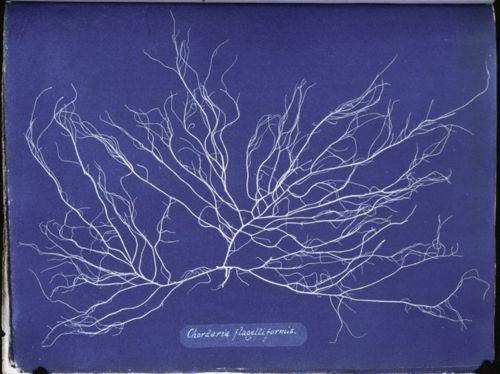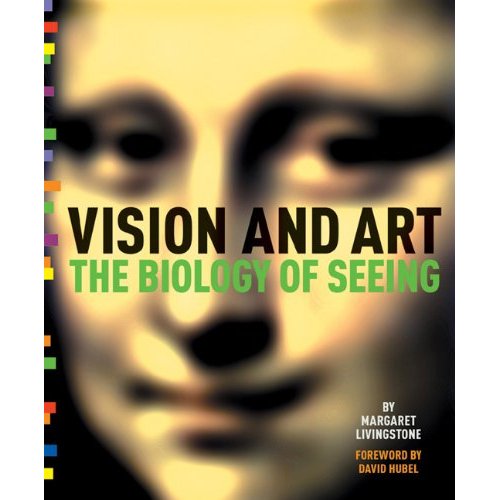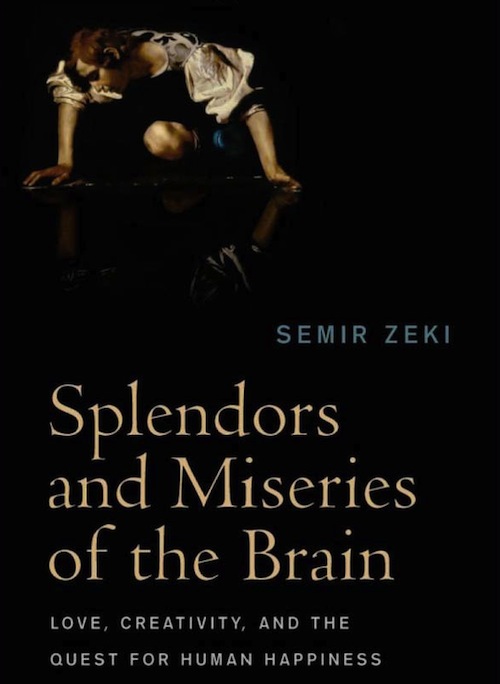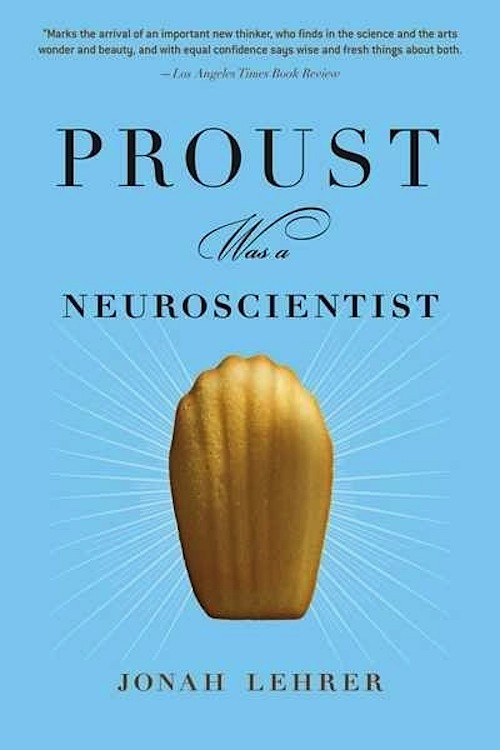Some people might call this a guilty pleasure where others might say it’s plain nerdly, but one of my favorite things to read is the bibliography section at the end of the book. I love how citations can spiral you off into a multitude of forking topics. Every good book should beget ten more good books. To round off this month of guest blogging about the visual arts and cognitive science, I’ve corralled some of the most compelling sources for further reading on the topic. I say “sources” because there are wellsprings of information beyond hardcover books. Neuroaesthetics, as it’s becoming known, is a fledgling area of study and pioneering reports are coming out all the time in scientific journals. Yet, the significance of these breakthroughs are often lost on the general public. There is a real need for good writers who know how to translate, for general audiences, what is happening in the lab, and to interpret the relevance to our everyday lives. When it comes to storytelling about the visual arts and cognitive science, here are some of my favorites:
Vision and Art: The Biology of Seeing by Margaret Livingstone, 2002
For a subject that’s so focused on visual systems, neuroaesthetic books, oddly, often lack in illustrations. Not so with Vision and Art. A professor of neurobiology at Harvard, Margaret Livingstone took pains to clearly illustrate the phenomena she describes. Livingstone in fact specializes in deconstructing techniques, describing how artistic devices, from impressionism to pop-art, warp and manipulate our interpretations. In one of her more captivating chapters, she deconstructs Mona Lisa’s smile from a neuro-optical perspective, offering an enlightening theory on why her smile is so beguiling.
Splendors and Miseries of the Brain: Love, Creativity, and the Quest for Human Happiness by Semir Zeki, 2009
At the vanguard of the field is Semir Zeki, professor of neuro-aesthetics at University College, London. From his opinion that visual artists intuitively understand how the visual brain operates, Zeki explores the inner workings of our visual perception and how it relates to the fine arts. For Zeki, galleries are laboratories and paintings are data we can use to study the human mind. This book goes for a scientific hail mary, writing about heavy philosophical subjects, like love and happiness, subjects that some people never thought could be studied empirically. Zeki goes deep; expect a workout for your brain muscles. Though he’s also a patient writer and reiterates many of the denser ideas. Also worth reading is Zeki’s blog, where he offers topical neuroanalysis on everything from art to philosophy to world economy.
Proust Was a Neuroscientist by Jonah Lehrer, 2008
Despite his recent reputation, Jonah Lehrer remains one of the most entertaining and accessible science storytellers of our time. Lehrer cloaks scientific concepts with compelling stories, making otherwise dense subject matter thoroughly enjoyable to read. In the spirit of Oliver Sacks and Diane Ackerman, Lehrer dances between biography, analysis, and case study as he unravels the relationships of eight different artists to cognitive science. A persuasive advocate of a hybrid science and humanities based education, Lehrer is also responsible for “The Future of Science…is Art?,” one of the most inspiring essays on the topic I’ve ever read. You may want to forward it to your local PTA.
Radiolab
Radiolab is the John Coltrane of science-themed storytelling. Elevating listeners to another narrative plane, Jad and Robert are at the vanguard of making science…well, awesome. Their shows cover a number of topics, but it’s clear they have an interest in applying science to the arts. Some of the most relevant episodes include “Desperately Seeking Symmetry” in which Jad and Robert go looking for order and beauty in our world, or “Colors” wherein rods and cones and rainbows are the subject, as the show cross-examines the mysteries of color perception. In “Strangers in the Mirror,” Chuck Close and Oliver Sacks are in dialogue with Robert, speaking about a condition they both suffer from: face blindness. Known as “facial agnosia” in the medical field, it’s a condition where it’s impossible to remember faces. Listening to this story will forever make you think differently about their work.
Other notables:
Eye & Brain (1966) by Richard Gregory is a wonderful primer on perception. With a focus on optical illusions, the book is an enlightening read for artists and designers. The Age of Wonder (2010) by Richard Holmes is a meticulously researched and masterfully told story of the romantic era, a time in history where the lines between artists and scientists was blurred and the interdisciplinary circles overlapped like a venn diagram. At the crossroads of the creative process and the brain, TED has consistently captured smart people talking on this recurring theme. Huffington Post has gathered some of the best of these talks in the article “Art and Cognitive Science: Seven Amazing TED Talks.”
Lastly, here are all of the articles I’ve written for this guest blogging series with Art21:
The Art & Brain Files: An Introduction to NeuroAesthetics
Tracking the Gaze. How Science Observes Optical Behavior
The Teetering of the Diagonal Line: Can you reduce visual perception to a few fundamental elements?
Aslant a Brook: A Scientific Approach to Comparing the Gallery Experience with the Virtual








Pingback: New Blogger-in-Residence | Alicia Eler, Art Critic and Curator, Chicago, IL | Art21 Blog
Pingback: Week in Review | 02.02.13 | Art21 Blog